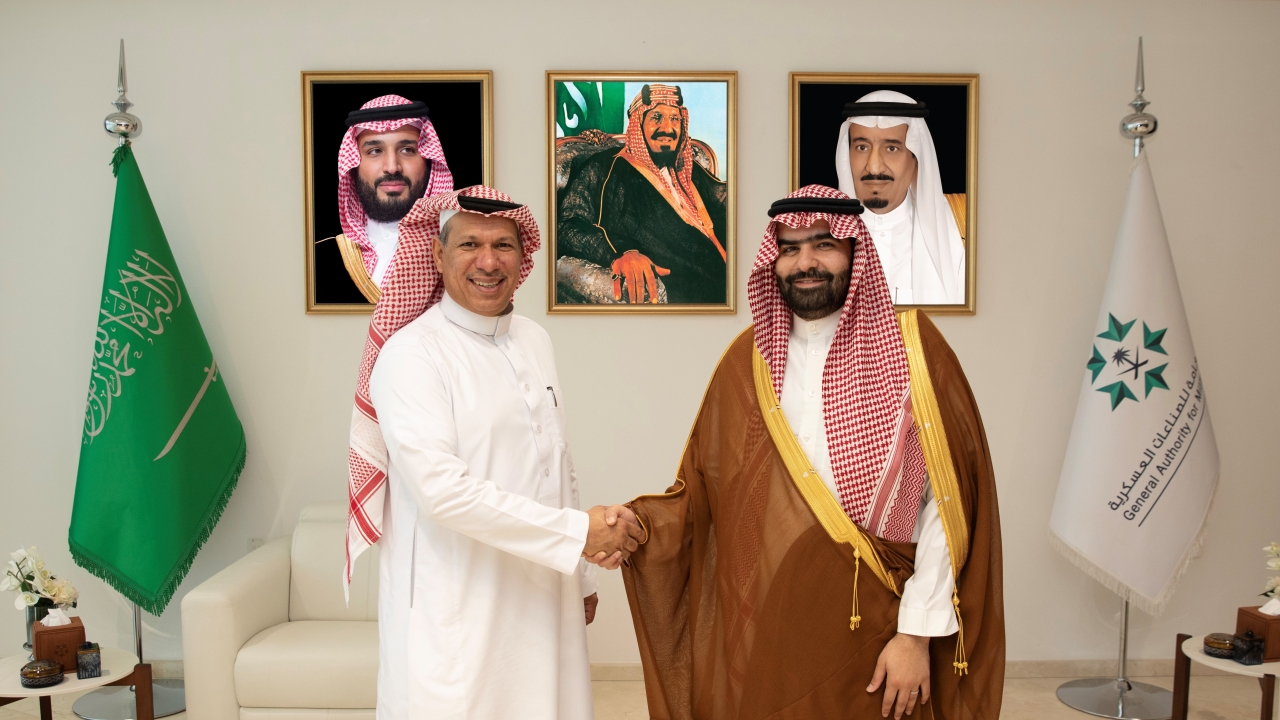Raptor rules the desert roost
The two stars of the Dubai air show were Lockheed Martin's F-22 and Dassault's Rafale and each sought to outdo the other in the daily flying display.

Behind the scenes, they also squared up to one another in simulated air combat. The 27th Fighter Squadron, part of the 1st Fighter Wing at Langley AFB,
Normally, the results of dissimilar air combat training exercises are not publicized, but following the 2009 ATLC exercises, there were tantalizing glimpses of what had gone on. During an official press conference the commanding officer of the French Rafale detachment at Al Dhafra, Colonel Fabrice Glandclaudron, claimed that in six within-visual-range ‘dogfight’ engagements with the F-22A, only one resulted in the virtual destruction of a Rafale He said the other four engagements were ‘inconclusive’, or terminated due to a lack of fuel, or approaching the pre-determined height limit. It was subsequently hinted by French sources that, had they been allowed to simulate the use of their Mica missiles, the Rafale would have gained victories over the USAF fighters.
The USAF refused to comment directly about the French claims, though the 27th Fighter Squadron’s project officer for the F-22 deployment, Major John Rogers, told Arabian Aerospace: “I don’t remember the fights quite that way. In any case, we leave claims and counter-claims to the debrief.”
Lt Col Lansing Pilch, commander of the 27th, and of the F-22 deployment to Al Dhafra, was categoric in stating his view of the Raptor’s performance during the exercise. He confirmed that the six Raptors flew undefeated, against all opponents. Pilch said: “In every test we did, the Raptors just blew the competition out of the water.” He did praise the Rafale, however. “It is a good aircraft, combining avionics with manoeuvrability. I was impressed – it’s on a par with the USAF’s F-15s and F-16s, at least.”
The deployment of the Raptor to Al Dhafra was undertaken to test the expeditionary capabilities of the F-22A, and particularly to evaluate how it performed while conducting operations in a harsh desert environment. The six F-22As flew some 86 exercise sorties during the deployment, including 36 DACT (Dissimilar Air Combat Training) sorties. Four sorties were also flown at the
There was never any intention for the aircraft to fully participate in the main ATLC exercise, though the opportunity was taken to offer bilateral training opportunities to coalition partners who were taking part in the course, allowing the 27th FS to show what their aircraft could do, and to learn more about the capabilities of the
Pilch was keen to stress that the purpose of these engagements had been to provide high-value training to the participants in the ‘core’ ATLC exercise, rather than to simply demonstrate the dominance of the F-22A in the air-to-air combat arena. “We were not there to beat up on anybody, we were there to get them to see, touch, hear and smell the F-22, showing them what we can do, and learning about what they can do, and thus how best we can operate alongside them in coalition operations,” Pilch said.
For these training missions, the F-22As flew only within visual range 1 vs 1 BFM (Basic Fighter Manoeuvring) sorties, and did so carrying under-wing fuel tanks, and with radar reflectors fitted, preventing opponents from seeing how ‘stealthy’ the F-22 is in operational configuration, or from experiencing the F-22’s AN/APG-77 radar and highly advanced AN/ALR-94 passive receiver system.
The Raptor pilots flew against a variety of opponents, with only the RAF turning down the offer of training against the F-22A, to the evident disappointment of Pilch and Rogers.
Pilch singled out the UAE Air Force and Air Defence pilots for their professionalism and thanked them for having been “great hosts”. Because some of the UAE Mirage 2000 pilots had 3,000 hours on type, while some of his young F-22 pilots had just 30 hours on the Raptor, he acknowledged that DACT with the UAE AFAD had been an “interesting match-up” and that this had presented his younger pilots with a real “challenge”. Pilch praised the UAE Air Force’s Block 60 F-16E/F for its “awesome avionics”, and lauded the Mirage 2000-9 for its “excellent manoeuvrability, especially close-in”.
The Raptor pilots also highlighted the value of flying against the Pakistani F-7s, which represented an interesting and representative ‘asymmetric threat’ aircraft, in service in countries like
The Squadron rated its deployment to Al Dhafra a great success. Though the deployment marked the F-22A’s first extended test under such harsh desert conditions, with fierce sandstorms and 100° temperatures, and despite operating thousands of miles from its normal supply chain, the aircraft exceeded the USAF’s expectations, demonstrating impeccable availability and a higher-than-expected sortie rate. “The maintenance group didn’t know what to expect and so we took a generic support equipment package,”
The 27th Fighter Squadron’s CO expressed his satisfaction with the progress that had been made, stressing: “The problems we had with software, avionics, sensor tasking and sensor fusion back in 2003 when I joined the F-22 programme have all been ironed out, and we’re transitioning to a great point in the next six months where the aircraft will truly be cost-effective and fully mature.” He said he expected a real improvement in sortie generation capability in the near future.
But, quite apart from demonstrating cost-effectiveness, availability and maturity, the F-22A also highlighted its unique operational capabilities during the deployment to Al Dhafra. “We demonstrated that Raptor can defend a particular point better than anything else and that we have an unmatched ability to strike hard and deep and with great precision. Finally, we can provide great situational awareness to the rest of the force,” Pilch said.
Stay up to date
Subscribe to the free Times Aerospace newsletter and receive the latest content every week. We'll never share your email address.

